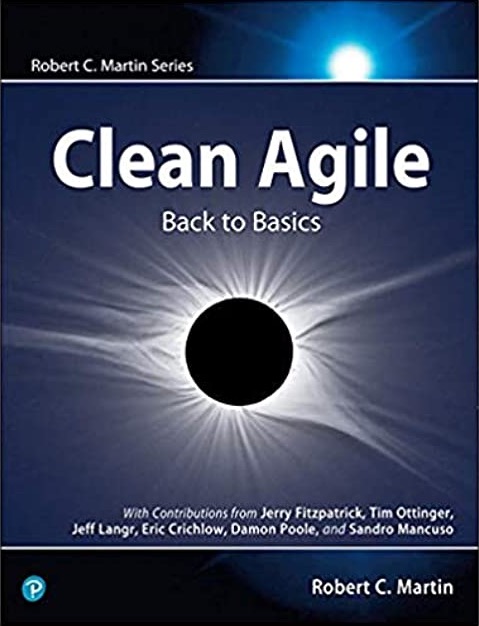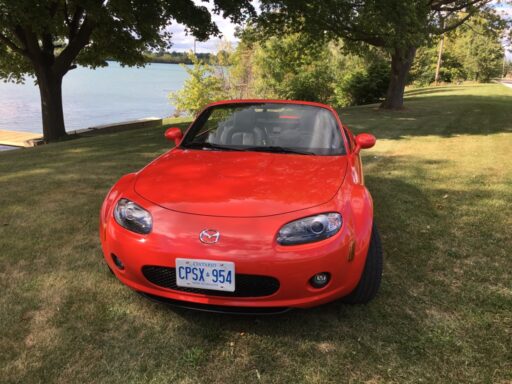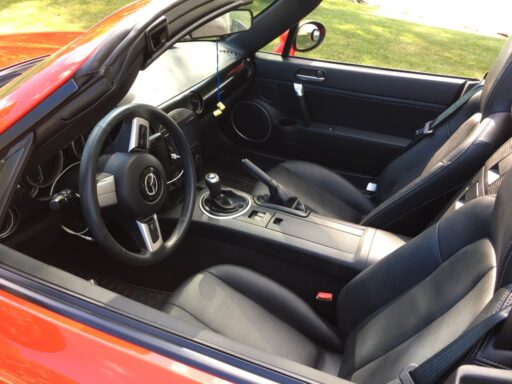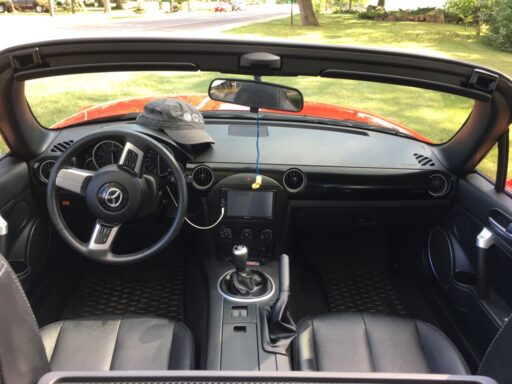Robert C. Martin (aka uncle Bob) is one of the men who wrote Agile Manifesto. He created lots of worth while material for developers and championed TDD in a very hands-on approach – thanks for 3 laws of TDD.
I read couple of his books and watched countless hours of his teachings on YouTube. I invested heavily into TDD (thanks to Kent Beck ), which payed off for me in more ways than one and my commitment goes beyond words – please feel free to download and print TDD posters.
So I’m a fan, well… not really. I see lots of value in uncle Bob’s ideas and practices, so I have to give credit where it is due. However I don’t agree with everything he says and so I have couple of bones to pick over the book, but first things first.
The book came out at a very interesting times (end of 2019), when agile is a mainstream – everyone does agile now. Agile coaches without any technical background are training software teams, management happy to track development progress by every commit you make on hourly basis and damn the XP practices, full speed ahead. So timing of the book feels spot on, my only wish is that the book ends up in hands of managers.
But what about developers? Did I as a developer waste my time on the book? No, absolutely not! The book is a very good – easy read, short, concise and no fluff. It contains core concepts on what agile is, what it is meant for and all the practices associated. Now don’t expect details, it is a short book with it’s main focus on agile as a whole and not a full blown technical guide. However, it will provide enough to go and dig into each individual practice and believe me, some of these practices worth their own book. For example:
- Refactoring: Martin Fowler & Kent Beck – “Refactoring: Improving the Design of Existing Code”
- TDD: Kent Beck – “Test Driven Development: By Example”
- Branching: Paul Hammant & Steve Smith – “Trunk Based Development”
- Unit testing: Roy Osherove – “The Art of Unit Testing with examples in C#”
- Coding: Robert C. Martin – “Clean Code: A Handbook of Agile Software Craftsmanship”
Now I can’t shake the urge, so I’ll indulge it: I read Kent’s Beck TDD by example book in 2019, however the book originally was published in 2000 – speaking of being late to the party. By that time I was doing TDD for few years and participated in a few heated discussions on the subject. I guess 19 years is enough time for any subject to become semi-mysterious, bloated and extended beyond the original purpose. So the book was short of a revelation to me, it was simple, pure or how uncle Bob puts it: “back to basics”. It cleared the water, set boundaries and removed mysticism. Is it dated? Yes. Does it deal with modern complexity of micro services? No. But that’s the whole point: what is the original issue and how to deal with it; nothing more, nothing less.
Uncle’s Bob book is exactly the same way. It describes original issues and explains how to deal with them, nothing more and nothing less. If agile doesn’t fit into your team/organization then so be it. Don’t buy into over extended claims of agile industry that it will solve your problems. See for yourself what is agile all about, if it fits, go for it, if it doesn’t then look for something else. Perhaps there are next generation processes and perhaps they are based off agile, but don’t try to force something that doesn’t fit. One last note that I can’t pass, because it is personal and eats me up, I believe Kent Beck summarized it the best:
good engineering is only a small part of a successful project but bad engineering is main reason project fails
Kent Beck
Now it is time to pick a bone or two with the book. I respect uncle Bob and with this in mind let me ask: why go into something that he has limited knowledge and/or interest. In particular he offers his thoughts on agile in large enterprises. The subject came out iffy at best and confusing at worst. “Agile is for small teams” – yes and let’s leave it at that. There is no need to elaborate on the subject with dubious conclusion: world knows how to manage large projects, the modern society is a testament to that. I guess modern Boeing 737 MAX is also a testament to world’s ability to manage large projects. While he might be right, the book doesn’t answer or give much insight into the subject, so why talk about it at all?
Another bone is the value itself, I always been confused by the word and perhaps the whole argument stems from that, but let me elaborate. If we ask developer why he created so much code for let’s assume rather simple requirement, an answer could be: the code is fail safe, optimized and design wise allows for extensibility. Now in the mind of that developer he created ultimate value for the customer! What could be better than having a safe, fast and extendable code? Another developer might look at the same code with a very different perspective: it took too long to write, by making the code safe, it has many conditions that will never come to be, simply because such a data doesn’t happen that deep into the module. It is fast, but the functionality is not time bound, so unnecessary complexity for no apparent value. The code is extendable but no one has a crystal ball, so why make the code extendable at a cost to a customer who might not need to extend or modify it at all. Has this ever happened in your team?
Now I know, there are XP/Agile practices that guide us through all those tough technical challenges. But in order to invoke those practices (TDD, Simple design, refactoring, pair programming and so on) we must once again talk about the value. One developer with years of experience will look at TDD and say: “nonsense, overkill, waste of time”. Another developer might have exactly the opposite view, but do those opinions matter? If the entire team has to decide on values, then each opinion will matter, now it becomes a debate and political struggle to adopt XP practices/policies. More over how do you go about proving the value of those practices? The book says: “Instead of pushing TDD, maybe we could start agreeing on the value of reducing the time it takes to test our entire system. How long does it take today? Two hours? Two days? Two weeks? How many people are involved? What if we could reduce it to 20 minutes? Two minutes? Maybe even 2 seconds? And what if we could do that at any time just by pressing a button? Would that give us a good return on investment? Would that make our lives easier? Would we be able to release reliable software faster?”
Brilliant, we need to measure and record everything and apply statistics. Now, complexity of the decision making and cost of the entire team is going up, at the cost to a customer and thus far with no apparent value. And by the way, there are other ways to achieve the same result without let’s says TDD or any other practice. But let’s move on next and assume that we agreed on practices. Statistics is powerful, but does management need convincing? Do they want to spend more money? Is data all it takes to convince management and customers? Could there be other values at play? Ultimately a value is an elusive term, we all want a value but which one is a great question. Humanity is diverse and so value is very relative. All of us see value in different things even when statistics and data dictates otherwise. In lots of cases we don’t even have the right or enough data to deduce a value, yet we place bets and talk about the value.
Now the value topic is endless and perhaps I should examine it in a separate post, but now it’s time for final thoughts. The book has its flaws, some I discussed, some I didn’t (hello to end-to-end testing and QA responsibilities). However I wholeheartedly believe that the book is worthwhile the investment. Uncle Bob is entertaining as ever, the timing is spot on, the subject is fascinating and engaging. More importantly though, it brings agile back to the inception, drawing boundaries and highlighting essentials.
In a nutshell:
-: a bit short and has some confusing topics
+: easy read, to the point, concise
+: useful examples and discussions
+: helpful for managers, clients and developers
+: much needed refresh on agile
=: good book, has a lot of value for any developer, manager and client. Book is a bit short and some topics could have been expanded, but over all worthwhile the investment.
Title: Clean Agile: back to basics
Author: Robert C. Martin
Cover: 
I made few note while I was reading the book, so I figured to leave them here just for fun:










